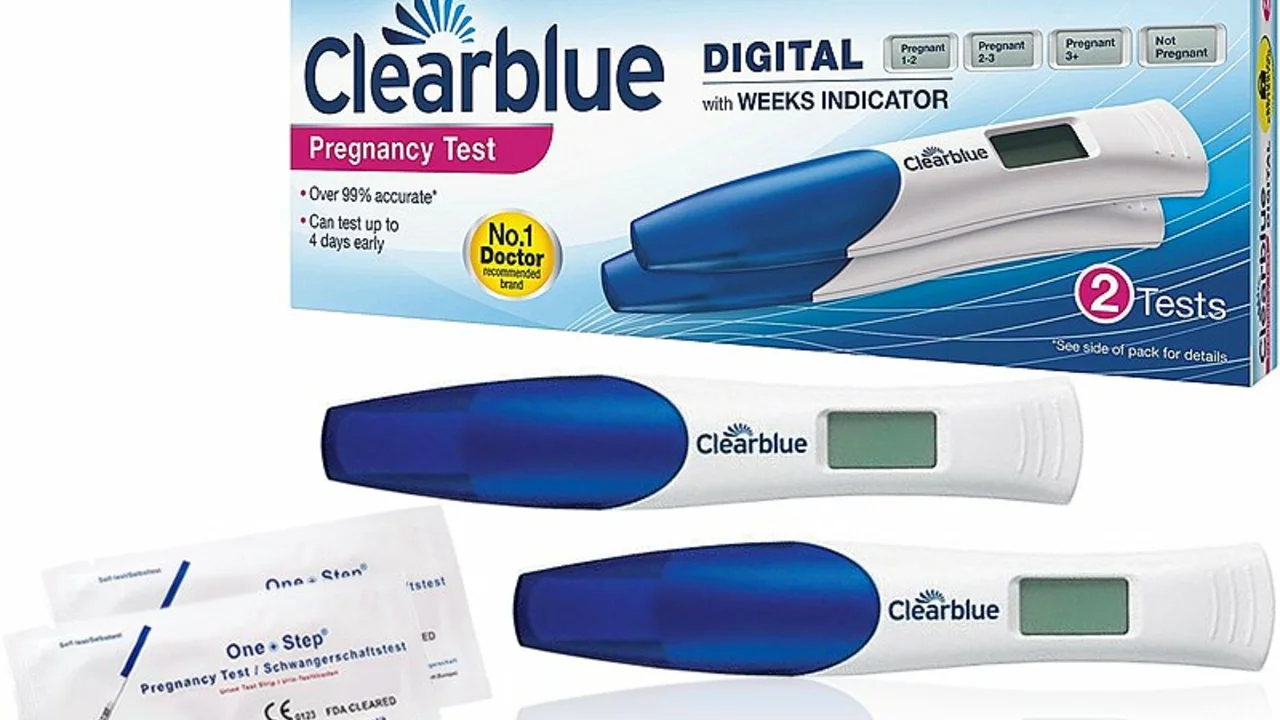Health Technology: Practical Ways Tech Is Improving Everyday Health
Tech shows up in health care in ways you notice and in ways you don't. From smartphone apps that track your vitals to smarter home tests, the goal is the same: make health easier, faster, and safer. That doesn't mean it's perfect — but knowing how these tools work helps you use them better.
Where you already meet health tech
Think about your last doctor visit. Did they pull up charts on a tablet? Did you get a text reminder for a vaccine? These are simple examples. On the home side, pregnancy test cards went from ambiguous lines to sensitive strips and digital readouts. New pregnancy tests detect lower levels of hCG so many people can get results sooner. Digital displays cut down on guessing whether a faint line is a yes or no.
Beyond tests, wearables measure heart rate, sleep, and activity. Telemedicine lets you see a clinician without leaving home. Remote monitoring sends data from a device to a clinic so problems are spotted earlier. And behind the scenes, software helps labs process results faster and hospitals share records securely.
How to use these tools without getting fooled
First, read the instructions. It sounds basic, but a lot of errors happen because people skip the leaflet. For tests: check expiration dates, follow the time window for reading results, and store kits where the manufacturer recommends. For digital tests and apps: only use products that show a clear source for their claims — look for regulatory approvals or clear lab validation.
Second, know the limits. A very sensitive pregnancy test can pick up early pregnancy, but it can also show a positive after a recent miscarriage or some fertility drugs. A wearable can flag an irregular heartbeat but can’t diagnose why it happens. Use tech as a signal, not a final answer.
Third, protect your data. Apps and connected devices collect health info. Check privacy settings, read what a maker will share, and prefer products that encrypt data. If a service asks for lots of unrelated info, question why it needs that.
Finally, keep a backup plan. If a home test is unclear or a device alerts you to something concerning, contact a healthcare professional. Telemedicine works great for many follow-ups, but some issues need in-person checks or lab testing.
Health tech is moving fast, and most changes make life easier. Use new tools with common sense: know what they measure, what they miss, and when to ask a professional. That way you get the speed and convenience of technology without losing safety or clarity.


